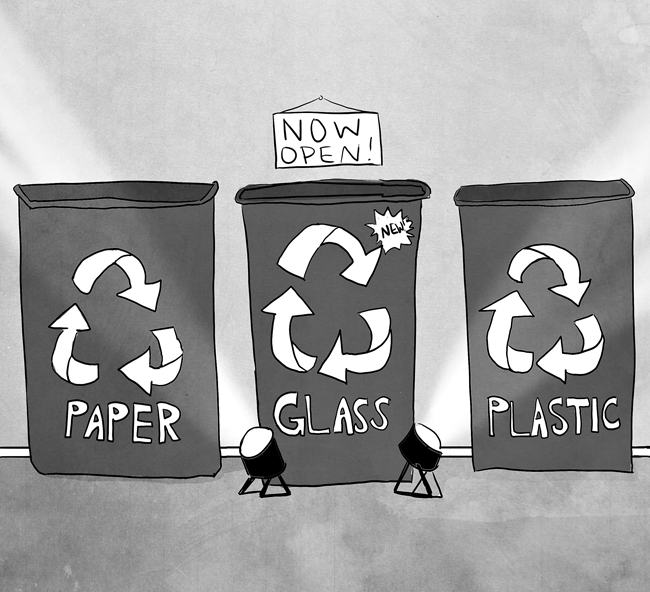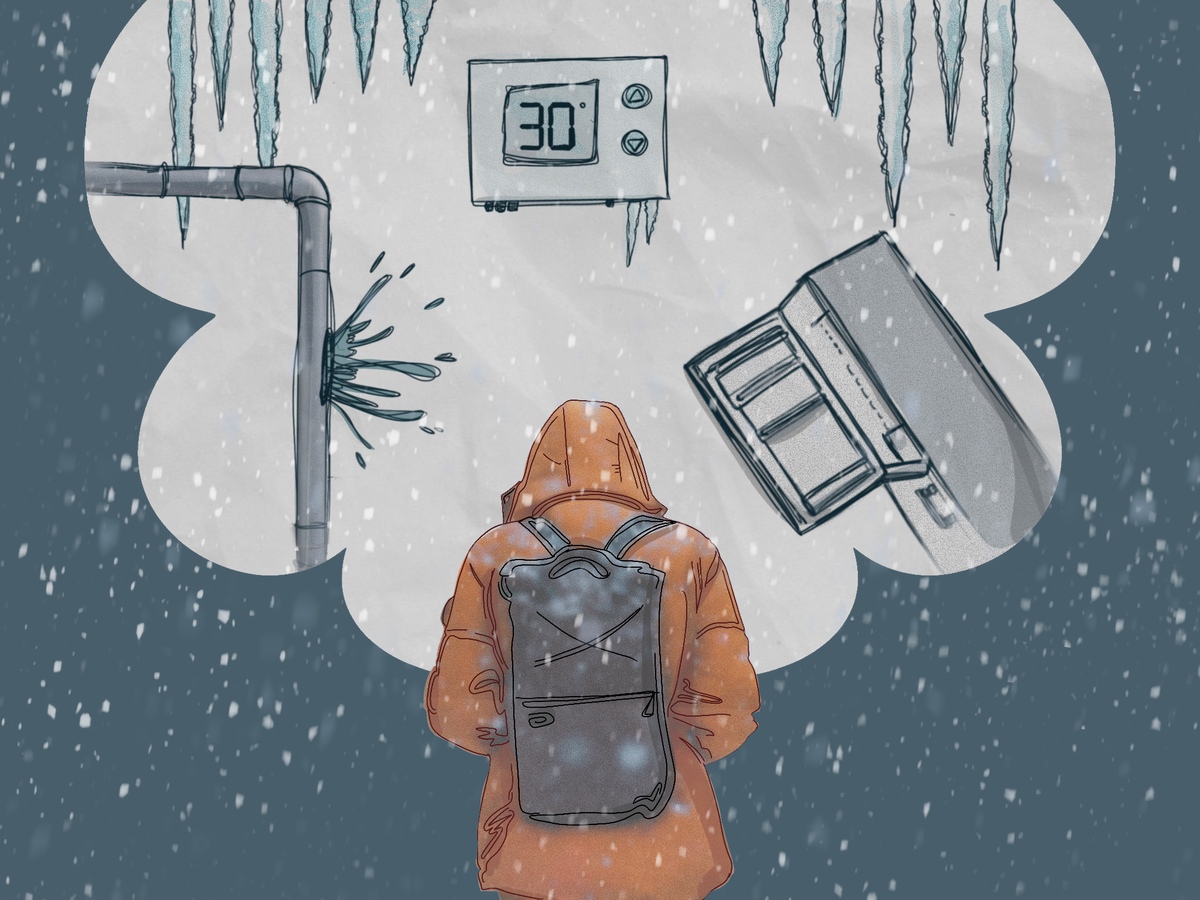After moving to single-stream recycling, both the Division of Housing and Food Services and the University’s main recycling program began accepting and recycling glass products in the fall 2013 semester.
The DHFS has a contract with Republic Services for its recycling and trash needs. According to environmental specialist Hunter Mangrum, it was ultimately the company’s decision to include glass in its recycling program.
“Republic gave us a call over the summer saying they would be moving into the area and letting us know, and keeping us posted on the official rollout date when they would be okay with us getting the word out about [recycling glass],” Mangrum said.
Undergraduate studies sophomore Jacquelyn Sepulveda, who has lived in a residence hall for two years, said she was not surprised to see the addition of glass as a recyclable.
“I think they just want to make it easier for students to recycle,” Sepulveda said. “UT seems like they’re always trying to make an effort to have a greener campus.”
Because the change to include glass was an amendment to the current contract with the company, Mangrum said there was no additional cost.
Recycling in academic buildings is under a different division and contracted with a different company, Balcones Resources, which also recently included glass in its recycling program, along with single stream recycling, which makes it easier on the group generating waste, facilities services manager Ben Reid said.
“Basically, it’s putting all your recyclable items into one stream versus … source-separating,” Reid said. “Source-separating is where you have your plastic, aluminum, etc., and single stream is where you put everything together and give it to the recycler, [who then sorts] it for you.”
Mangrum said the majority of glass products on campus come from off-campus retailers.
“Since we haven’t been able to recycle glass until now … there are only two glass options,” Mangrum said. “Both are made by Starbucks. They’re really high sellers, and there would be an uproar if those were to go missing, and, now, especially, since we can actually accept those items, there’s no reason to really change that stream.”
The need for glass recycling was evident by students’ actions, Reid said. Before UT’s incorporation of glass recycling, students would often leave their glass bottles on top of the current bins because they felt glass was a recyclable material, Reid said.





















